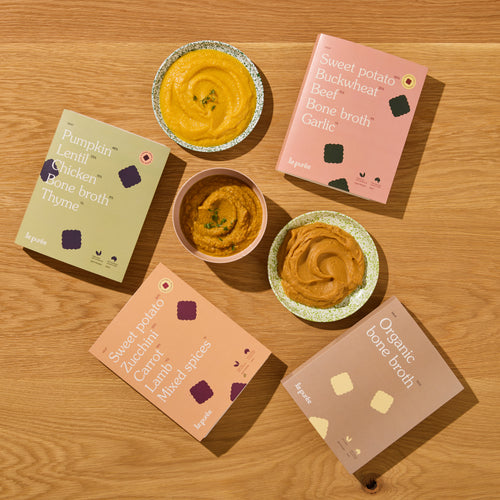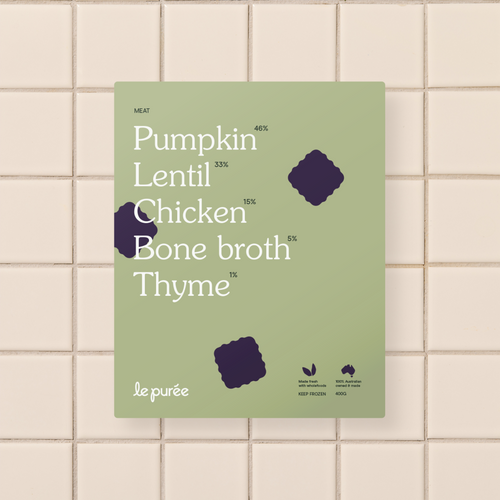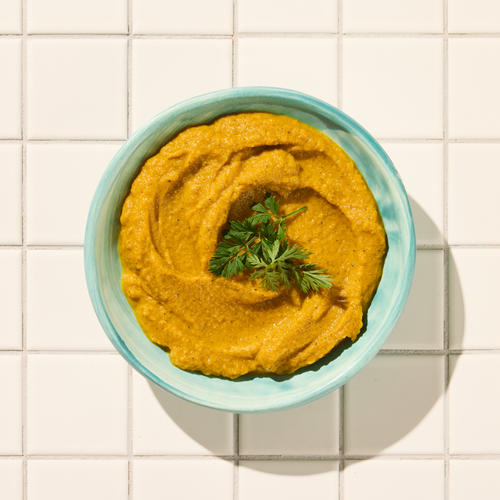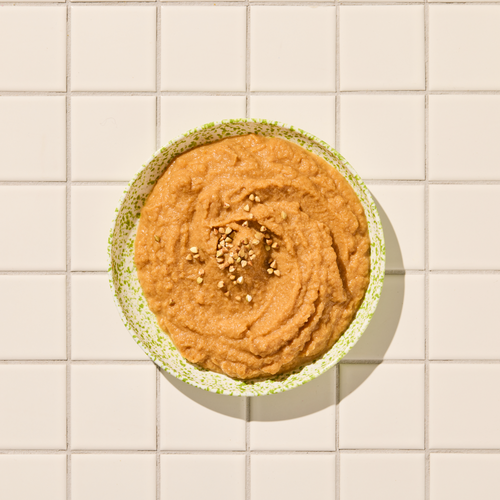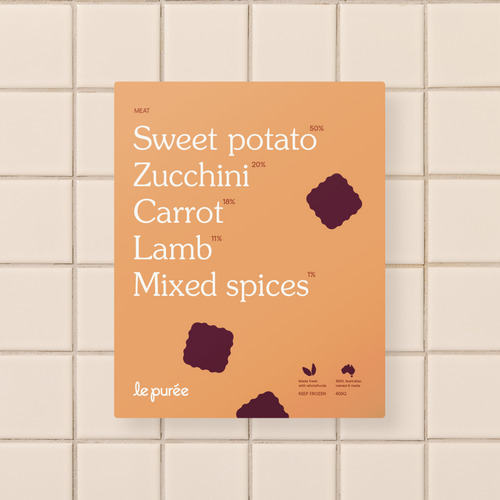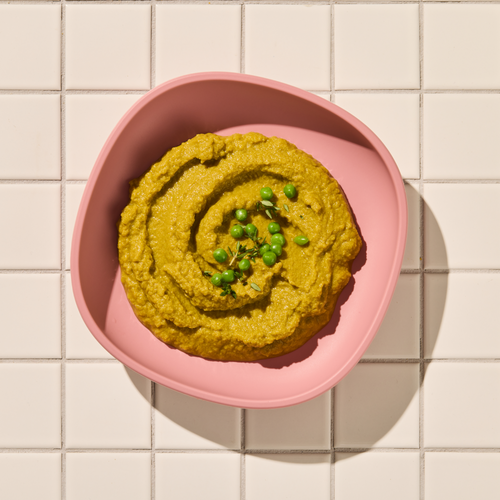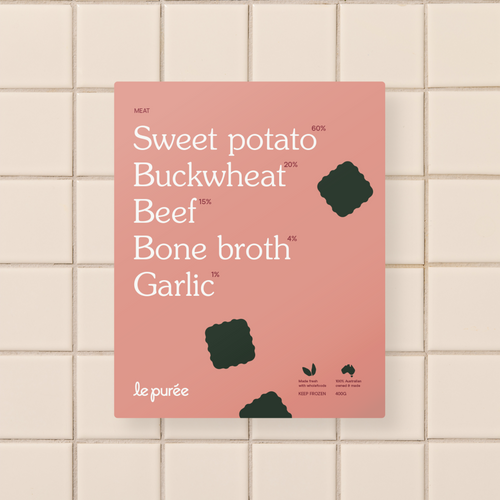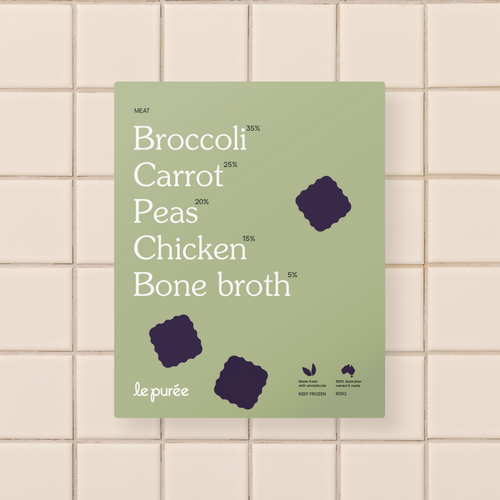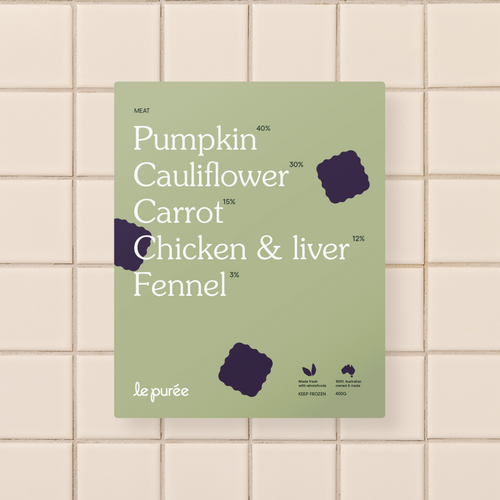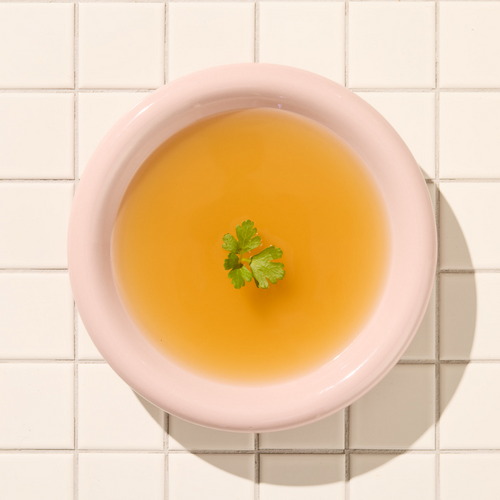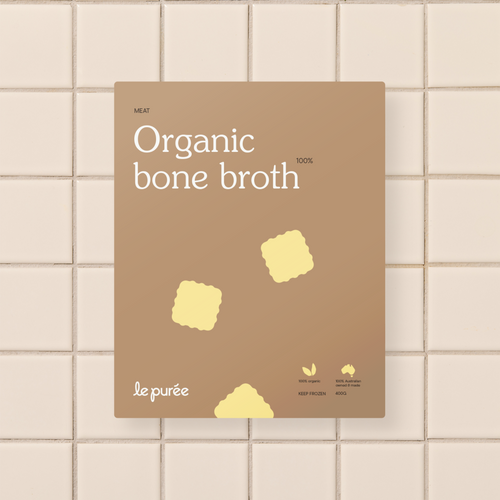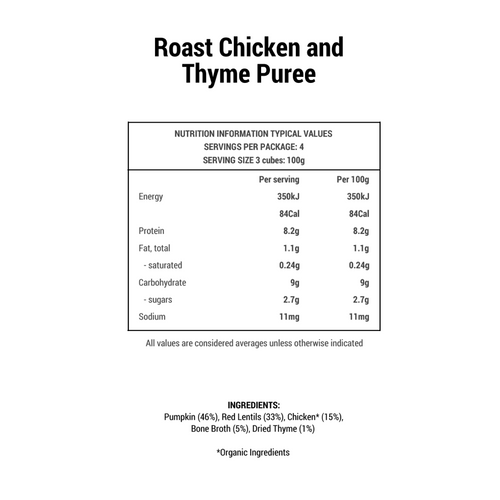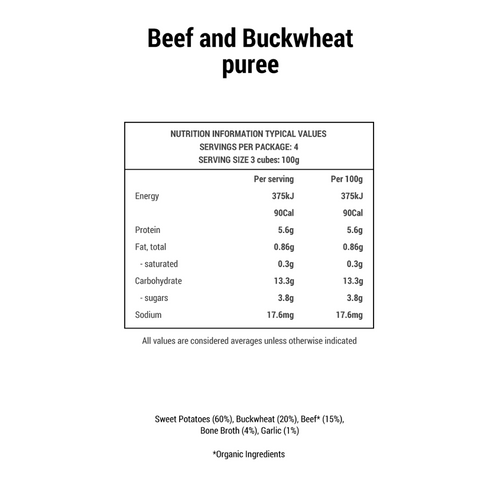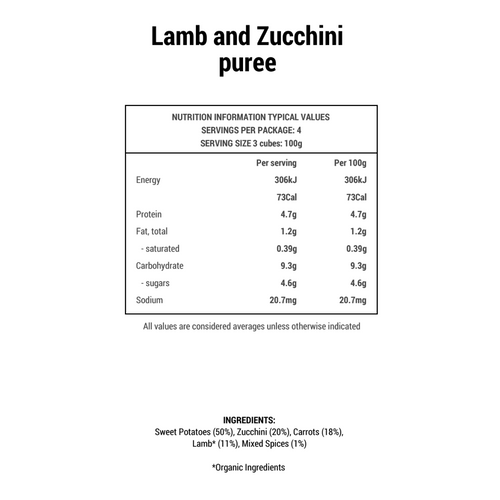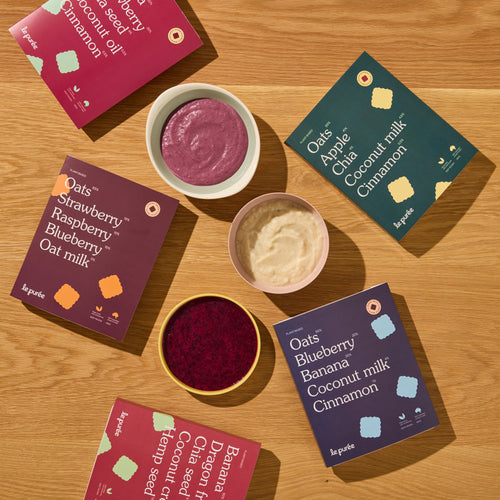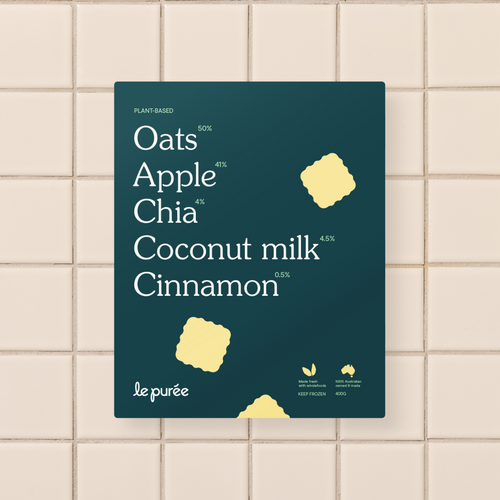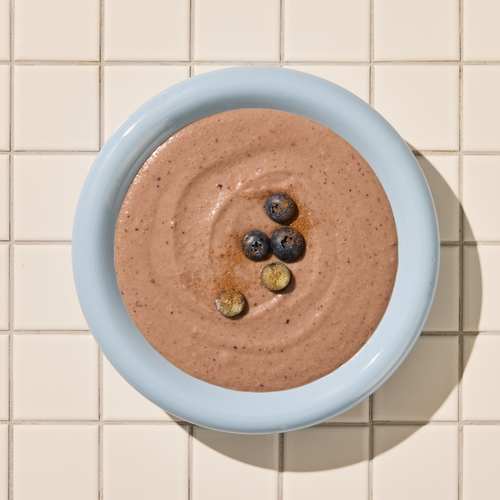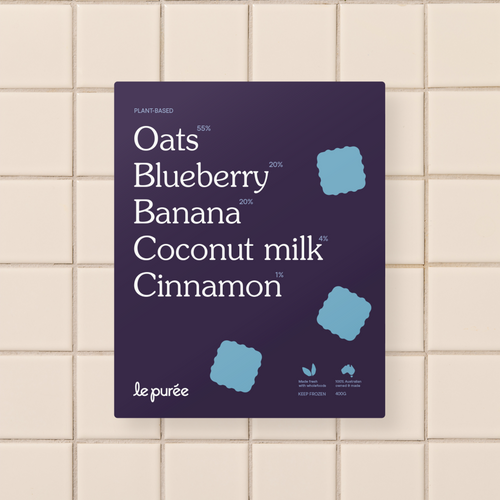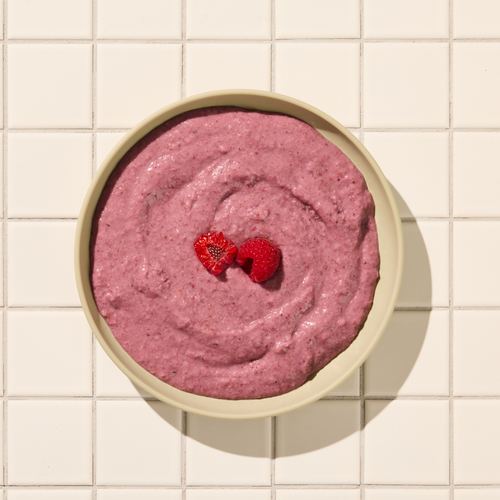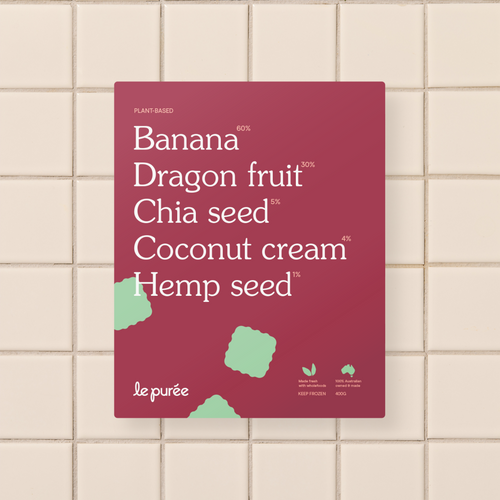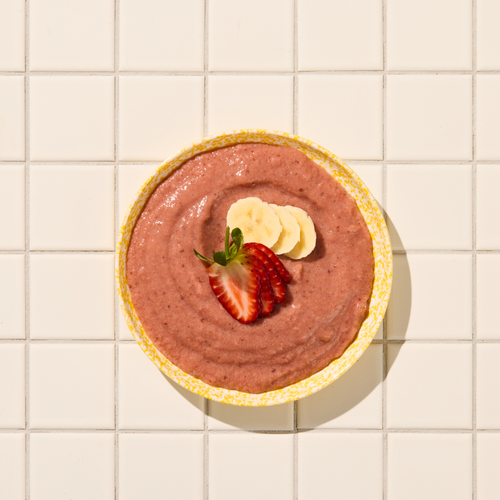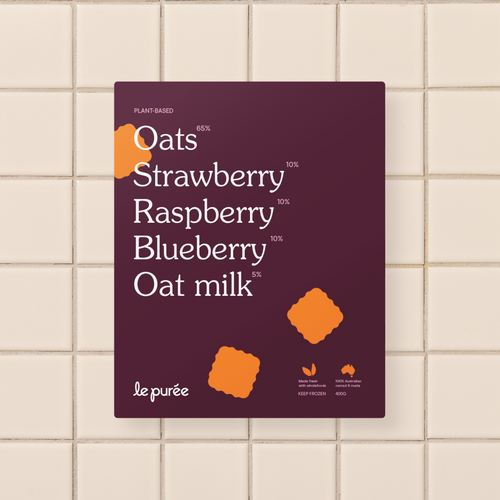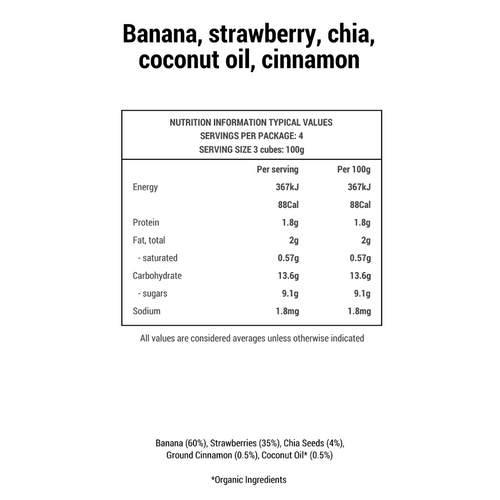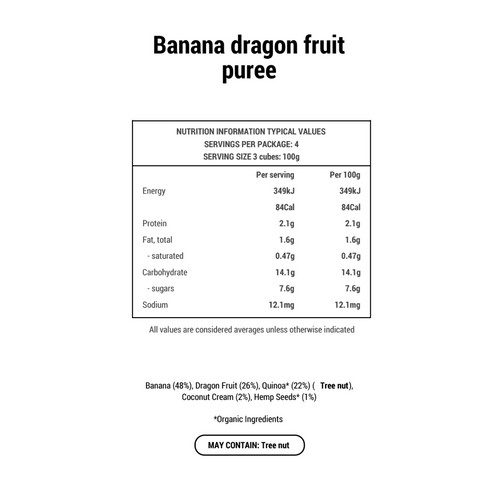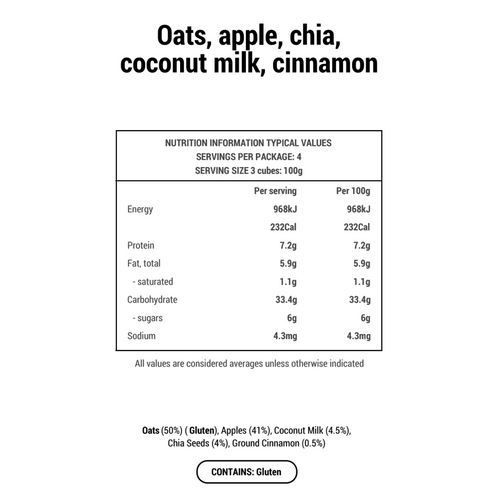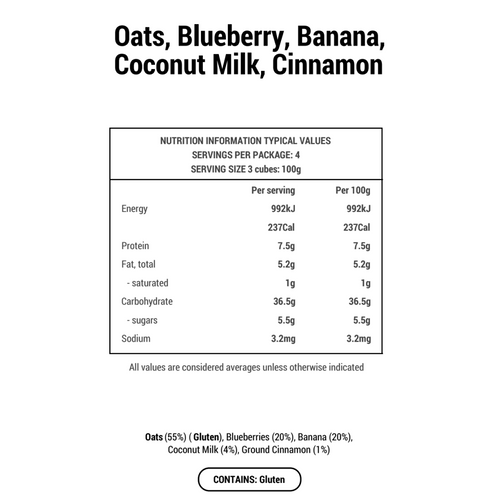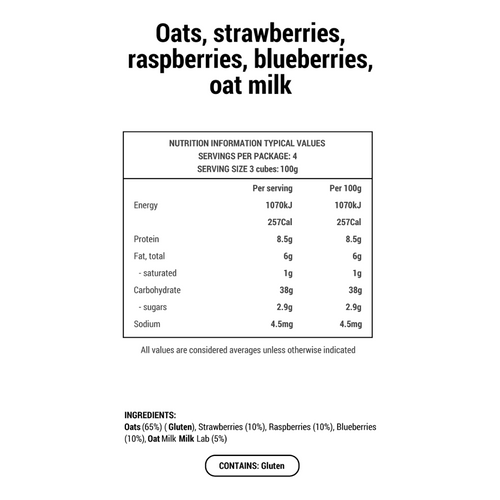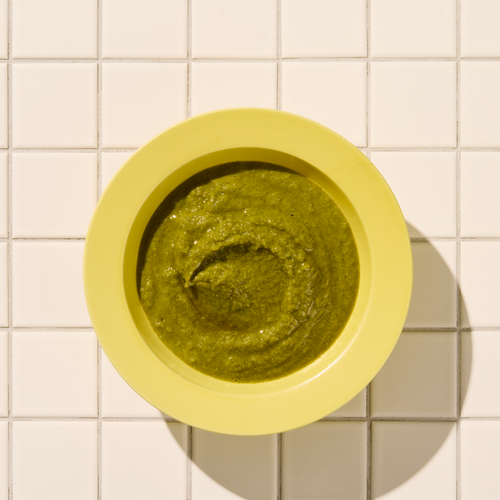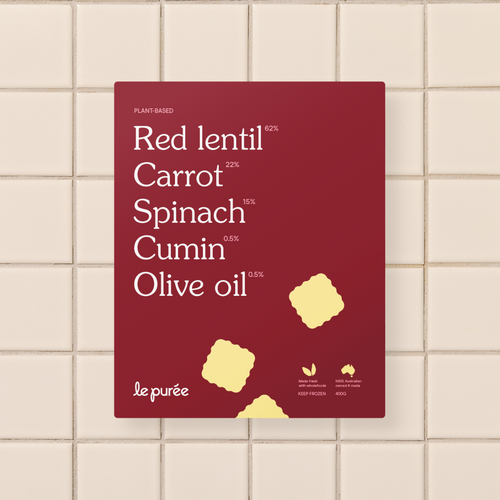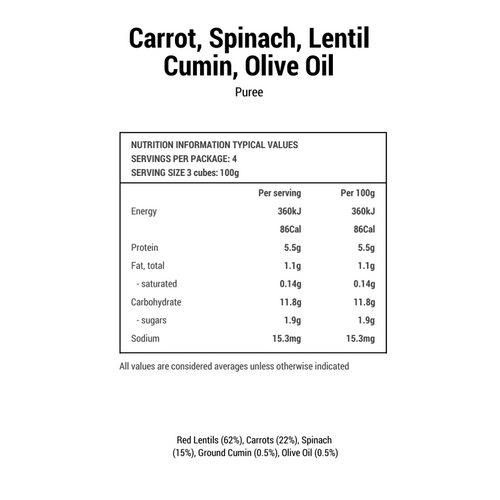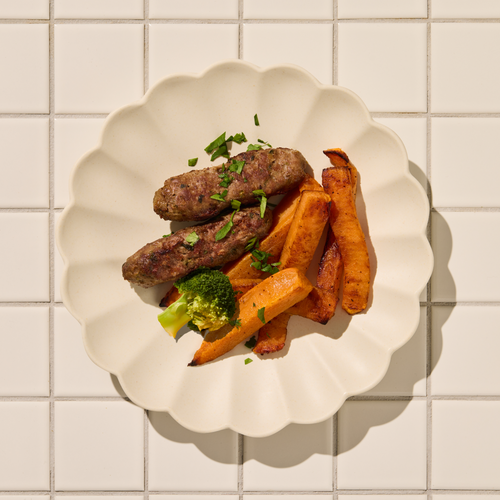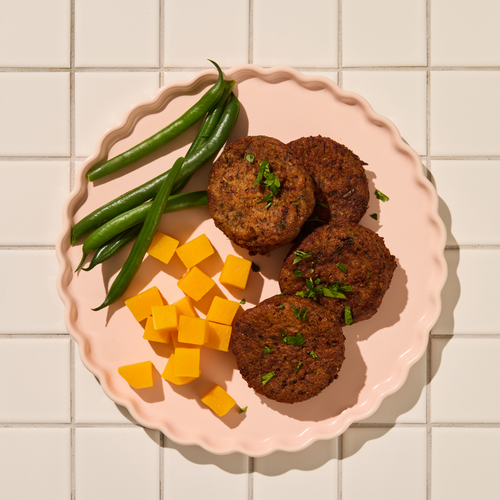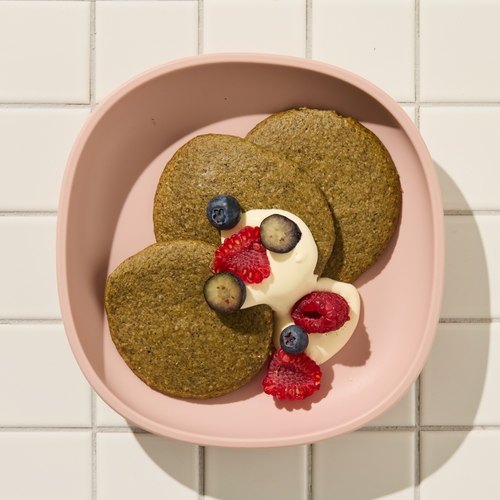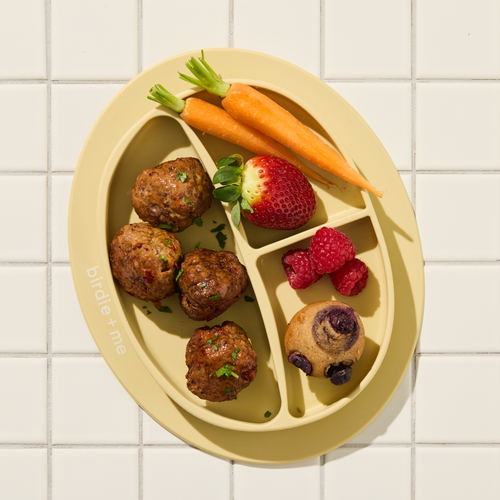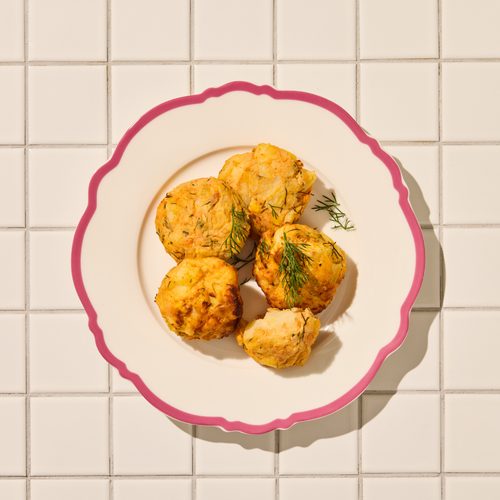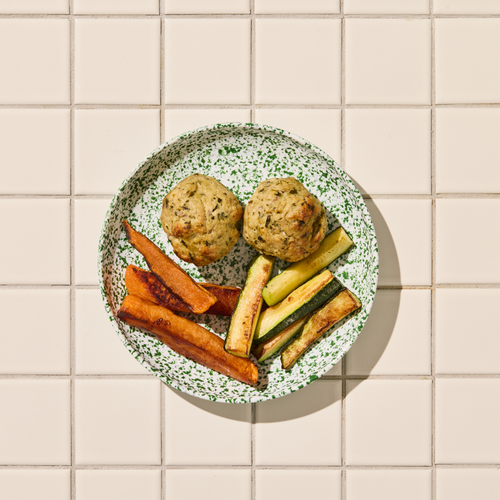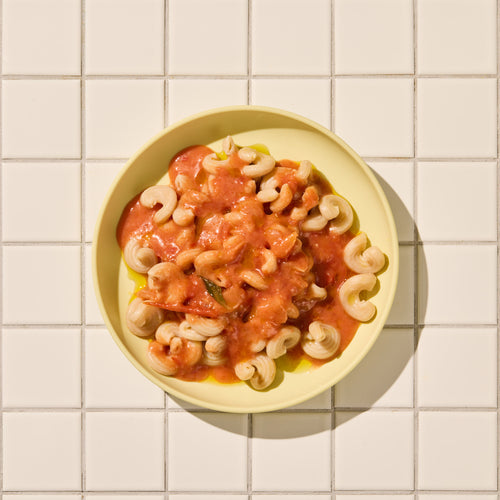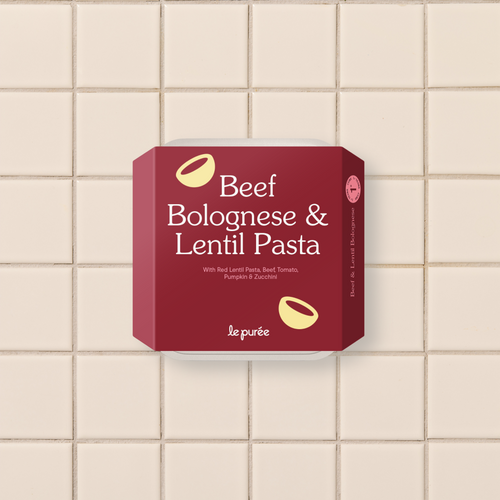Starting solids personally is our favourite milestone. It’s exciting, adventurous and messy… which just adds to the colour and enjoyment for them!
But how do you know when your precious one is ready? Every baby is different, so it’s important to remember that their age is only one factor… it’s much more about their developmental signs and skills. The recommendation is to start solids by 6 months, and not before 4 months. This leaves a window of ‘grey area’, so let’s pull it apart a little….
Sitting up with good head control
Your baby needs to have strong neck and core muscles to manage swallowing safely. If they can sit up, supported in a highchair and hold their head steady without slumping, they’re likely ready to start exploring food beyond milk. This helps prevent choking and allows them to focus on the fun part… eating!
Showing an interest in what you're eating
Ever noticed your baby staring at your plate like it's the most fascinating thing in the world? Or reaching for your spoon as you’re eating? This curiosity is a great sign they’re ready to try solids. You might even catch them mimicking chewing motions while watching you eat- great to start that training early on chewing movements.
When they lose the tongue thrust reflex
Newborns naturally push things out of their mouths with their tongues, but around 4-6 months, this reflex starts to fade. If your baby has reduced how much of this tongue thrust they’re doing, they’re likely to be able to move food from the front to the back of their mouths. If you’re unsure about whether they’re able to manage this, start with puree and see how they move it around. They might surprise you!
Able to pickup objects and bring them to their mouth
Babies learn through touch and taste, so being able to grasp food and bring it to their mouth is a great indicator of readiness. If they’re practicing this with toys or teething rings, they may be ready for soft finger foods like steamed broccoli florets or banana strips. Just be sure to offer safe, appropriately sized pieces!
Still hungry or unsettled after milk feeds
If your baby seems unsatisfied after their usual feeds, is waking more frequently at night, or is showing an increased appetite, they might need extra nutrients and calories. Keep in mind, milk before meals for the first year- so this should be a complimentary meal, not a replacement meal. Adding in purees with avocado, fish or seafood will add omega 3 fats, more bang for your buck… calorie-wise!
Ready, set, mess!
Whether you're starting with purees, finger foods, or a mix of both, the goal is to create a positive experience for your baby. Let them explore different textures and flavours at their own pace, and don’t stress if they make funny faces at new foods- it’s all part of the learning process. Enjoy this stage, embrace the mess, and most importantly, have fun!
Our favourite options for getting started...
First Bites Single Ingredient Purees & Allergen Introduction (Currently 30% OFF)



